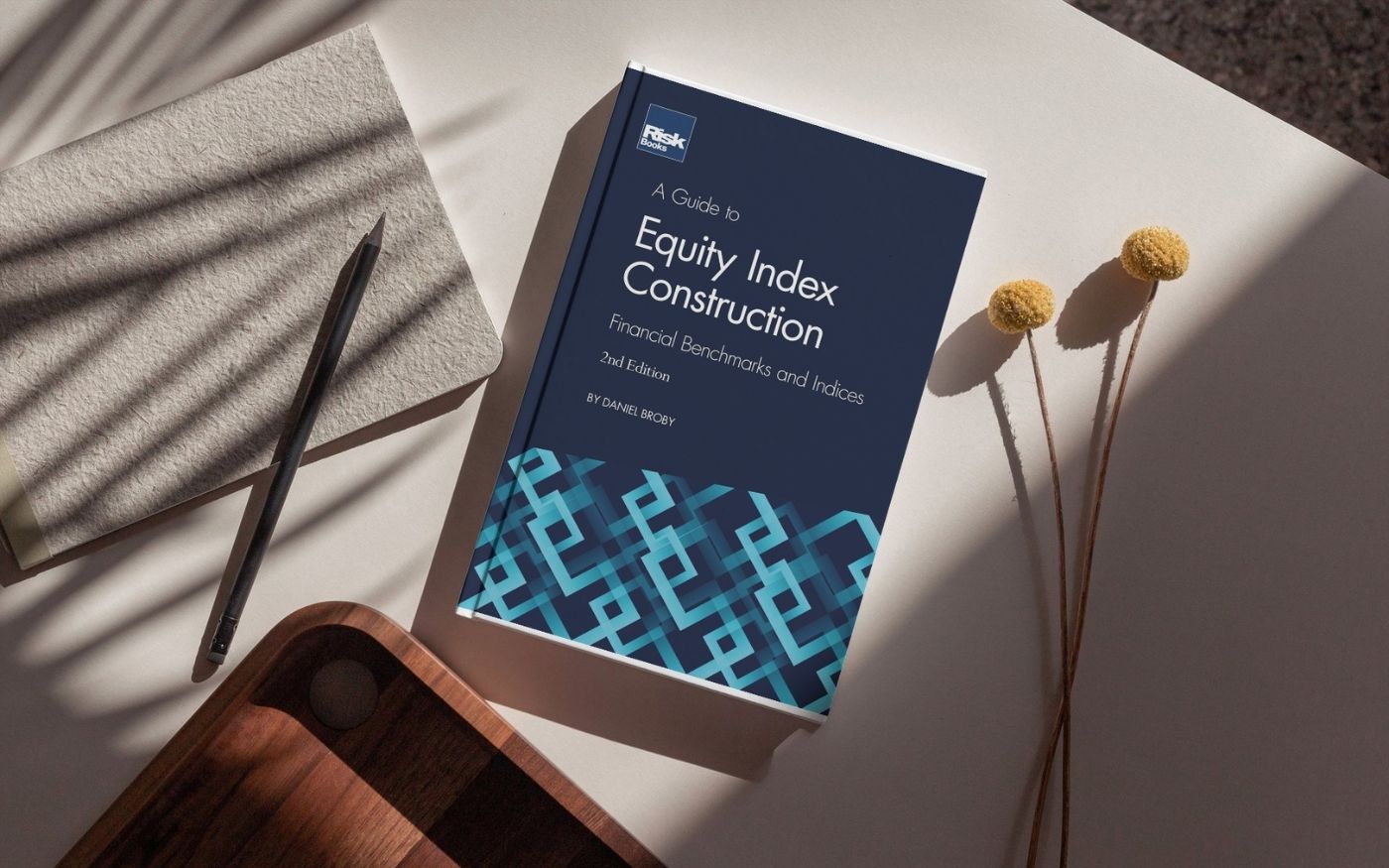Research by: Ardvin Kester S. Ong, Mary Christy O. Mendoza, Jean Rondel R. Ponce, Kent Timothy A. Bernardo, Seth Angelo M. Tolentino, John Francis T. Diaz, & Michael N. Young
EXECUTIVE SUMMARY
In a highly disruptive and competitive market climate, information literacy and competence are a determinative factor in analyzing intention, behavior, and ultimately, investment performance. Market analysts and economists operate under the hypothesis that investors behave rationally without friction that maximize profit and avoid unnecessary risks. Importantly, relatively more rational and sophisticated investors, referred to as arbitrageurs, cannot entirely maintain pricing in the presence of less rational investors. Numerous extraneous and confounding variables in the market and individuals interacting with them inevitably induce irrationality in the system in such forms as representativeness, anchoring, belief perseverance, availability heuristic, and herding, among others. Despite the emergence of more accessible and modern forms of investment, the ever competitive and volatile market remains subject to anomalous irrationalities caused by investors. To this day, predicting their behavior remains difficult with lacking information, and poses a problem for investment platforms to effectively adjust to their predispositions.
To address the challenges observed among investment behaviors, trust must be built between the platform and investors. The building of trust is crucial for platforms, as it is able to encourage participation of investors, and benefit the individual and the economy. The purpose of this study is to determine the extent to which behavioral factors affect investment behavior in investment platforms. Specifically, this study integrated both social exchange theory (SET) and the theory of planned behavior (TPB) to holistically determine the investment behavior among Filipinos. Machine learning tools were utilized to identify the latent variables, mainly the Random Forest Classifier (RFC) and Artificial Neural Network (ANN). These machine learning tools were proven to accurately predict factors in human behavior, which the study utilized to identify the significant latent variables affecting investment behavior. With consideration of convenience sampling, a total number of 10,725 data points were collected and analyzed through machine learning algorithms of decision tree and neural network. Specifically, the comparison between long short-term memory (LSTM) and neural network, and random forest classifier and LightGBM were considered. Comparable to other statistical analyses commonly performed among related studies, the use of machine learning algorithms is on the rise as advised to provide better accuracy in predicting outputs. This is considered as the first study to assess investment behavior among Filipinos. This is also one of the first study that applied the LSTM analysis on forecasting behavior. Being a benchmark study, a great deal of implications both on the theoretical and practical aspects were provided.
From the output of the analysis, it was found that the investor’s attitude, accessibility to financial services, and perceived economic benefits were the most influential predictors to their behavior, while six other factors also showed varying levels of significance. This study aimed to provide a unique framework which could be utilized by investment platforms to cater to the different behavioral factors expressed by investors. In line with these findings, it is recommended that platforms create flexible solutions that are based on their intentions and preferences, and more user-friendly through the implementation of new technologies. In addition, they are suggested to appeal to novice investors by reducing the burden of costs, promising future benefits, and promoting financial education. The results of this study proved the reliability of the integrated model as a social and behavioral framework, and consequently, LSTM overpowering other tools on accurate forecast made, followed by neural network, and random forest.
To cite this article: Ong, A. K. S., Mendoza, M. C. O., Ponce, J. R. R., Bernardo, K. T. A., Tolentino, S. A. M., Diaz, J. F. T., & Young, M. N. (2024). Analysis of investment behavior among Filipinos: Integration of social exchange theory (SET) and the theory of planned behavior (TPB). Physica A: Statistical Mechanics and its Applications, 654, 130162. https://doi.org/10.1016/j.physa.2024.130162
To access this article: https://doi.org/10.1016/j.physa.2024.130162
About the Journal
Physica A: Statistical Mechanics and its Applications publishes research in the field of statistical mechanics and its applications. Statistical mechanics sets out to explain the behaviour of macroscopic systems, or the large scale, by studying the statistical properties of the microscopic or nanoscopic constituents.
Journal ranking
| Chartered Association of Business Schools Academic Journal Guide 2021 | Not Ranked
[AIM DS PRJ Tier E: ABS 2 equivalent] |
| Scimago Journal & Country Rank | SJR h-index: 187
SJR 2023: 0.66 |
| Scopus | CiteScore 2023: 7.2 |
| Australian Business Deans Council Journal List | Not ranked |
| Journal Citation Reports (Clarivate) | JCI 2023: 0.88 |





